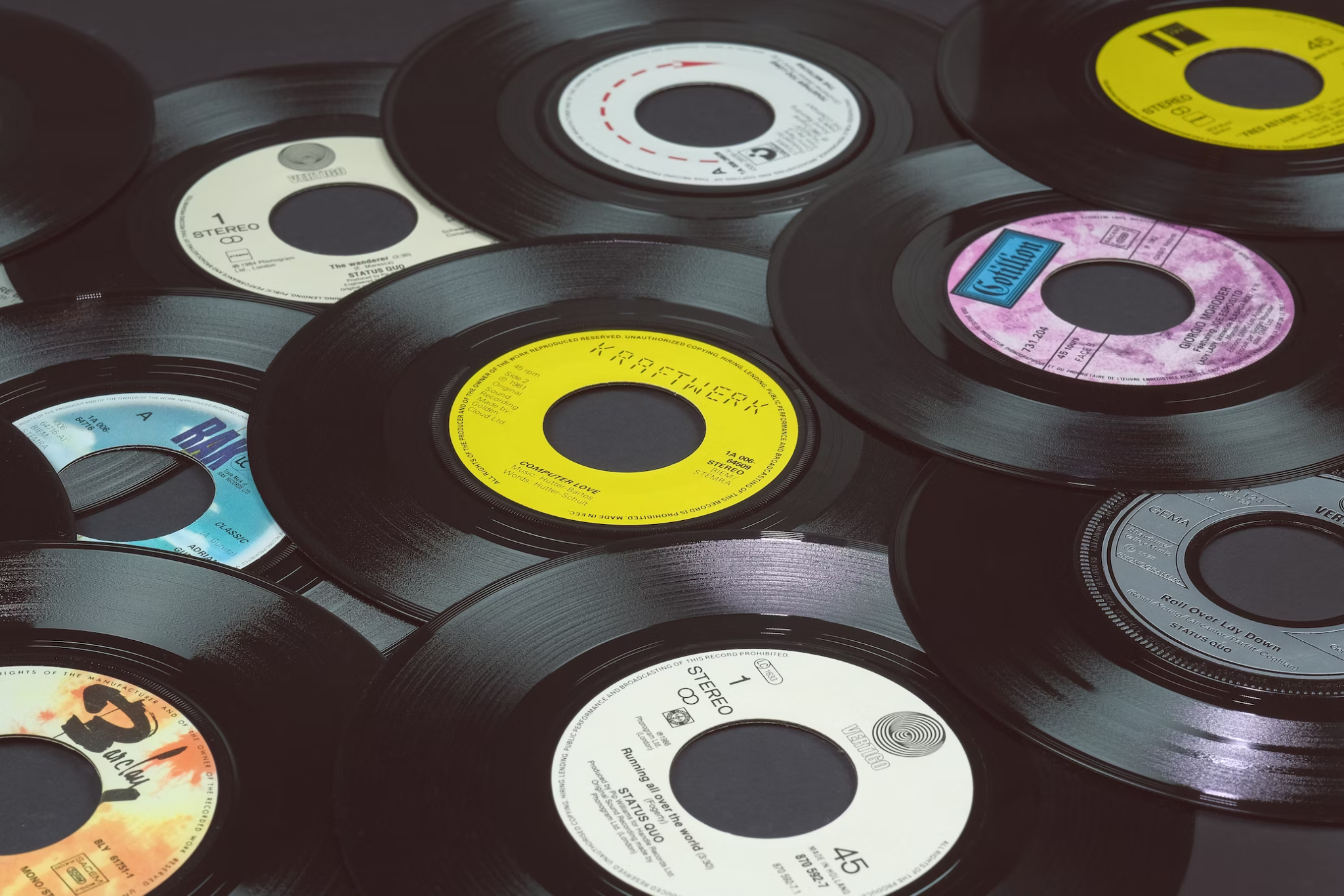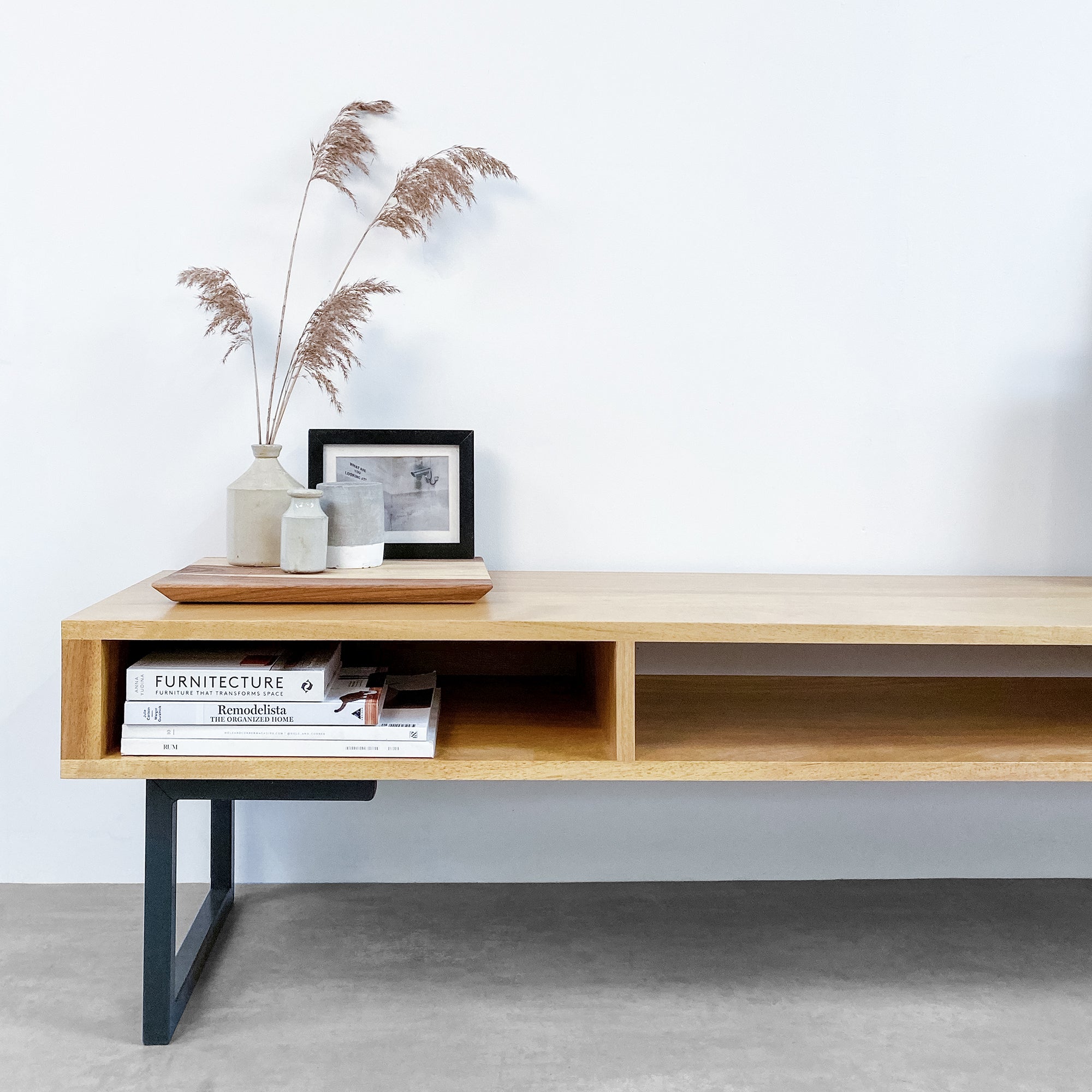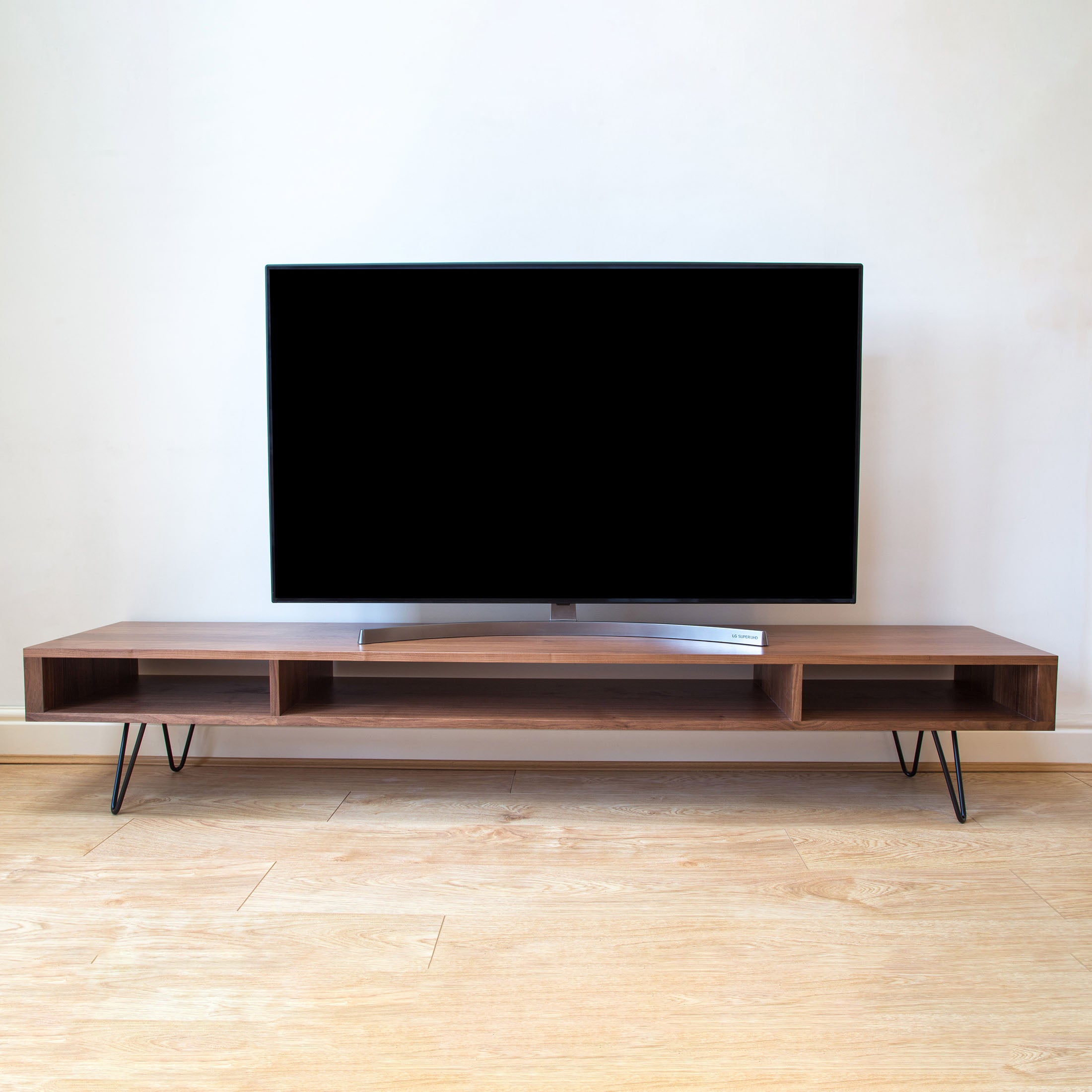There a few classic pieces that have gone on to define the era, epitomising the style principles and earning their place as enduring design icons, still coveted today.
Eames Lounge Chair and Ottoman by Charles and Ray Eames (1956)

(Image credit: Herman Miller)
Charles and Ray Eames' modern take on a 19th-century club chair was originally inspired by a "well-used first baseman's mitt." Today, it's one of the most significant furniture designs of all time.
Wassily Chair by Marcel Breuer (1925)

(Image credit: Knoll)
Inspired by the frame of a bicycle and influenced by the constructivist theories of the De Stjil movement, Marcel Breuer was still an apprentice at the Bauhaus when he reduced the classic club chair to its elemental lines and planes, forever changing the course of furniture design.
Breuer originally designed the chair for himself, but made one for his classmate, painter Wassily Kandinsky. He named it after his friend when the chair was re-released in 1960.
Arco Floor Lamp by Flos (1962)

(Image credit: Flos)
The Arco is a design icon that has been in constant production since its debut in 1962. Inspired by a streetlight, the famed Castiglioni brothers spared no detail when they created it, from the bevelled corners of its genuine Carrera marble base (designed not to hurt should you brush against them) to the strategic hole that allows for easy lifting of the base.
Saarinen Dining Table by Eero Saarinen (1957)

(Image credit: Knoll)
With the Pedestal Collection, Eero Saarinen resolved the "ugly, confusing, unrestful world" underneath tables and chairs. He vowed to eliminate the "slum of legs" found under chairs and tables with four legs. The collection is a defining accomplishment of modern design and a true design classic.
Barcelona Chair by Ludwig Mies van der Rohe (1929)

(Image credit: Knoll)
One of the most recognised objects of the last century, and an icon of the modern movement, the Barcelona Chair exudes a simple elegance that epitomises Mies van der Rohe's most famous maxim – “less is more.” Each Barcelona piece is a tribute to the marriage of modern design and exceptional craftsmanship.
Original coffee table by Lucian Ercolani (1956)

(Image credit: Ercol)
Individually shaped spindles construct the lower shelf which gives the table a two-tiered appearance and the tapered legs and fluid rounded edges on the ash table top give this piece an organic feel. The soft curves of the tree bows were the inspiration for the soft curves of the table tops with their softly thumb-moulded edges.
Florence Knoll Sofa by Florence Knoll (1954)

(Image credit: Knoll)
Warmed through colour and texture, the Florence Knoll Sofa is a scaled-down translation of the rhythm and proportions of mid-century modern architecture. With a spare, geometric profile—an expression of the rational design approach Florence Knoll learned from her mentor, Mies van der Rohe—the sofa is utterly modern and totally timeless.
Noguchi Table by Isamu Noguchi (1948)

(Image credit: Herman Miller)
A perfect balance of art and design, this iconic coffee table was created when sculptor Isamu Noguchi joined a curved, wood base with a freeform glass top. After six decades of creative work, Noguchi considered this eponymous table his only furniture success.
Mid-century modern today

Our collection of solid-wood furniture offers more than a nod to this iconic era of design.
Minimalist designs with sleek lines that celebrate the beauty of wood are finished with the organic curves of hairpin legs. Functionality and form elegantly combined for the twenty-first century, as over 80 years on, we continue to pay tribute to the design pioneers of the age.
View our range here or get in touch to talk about a bespoke commission.



















